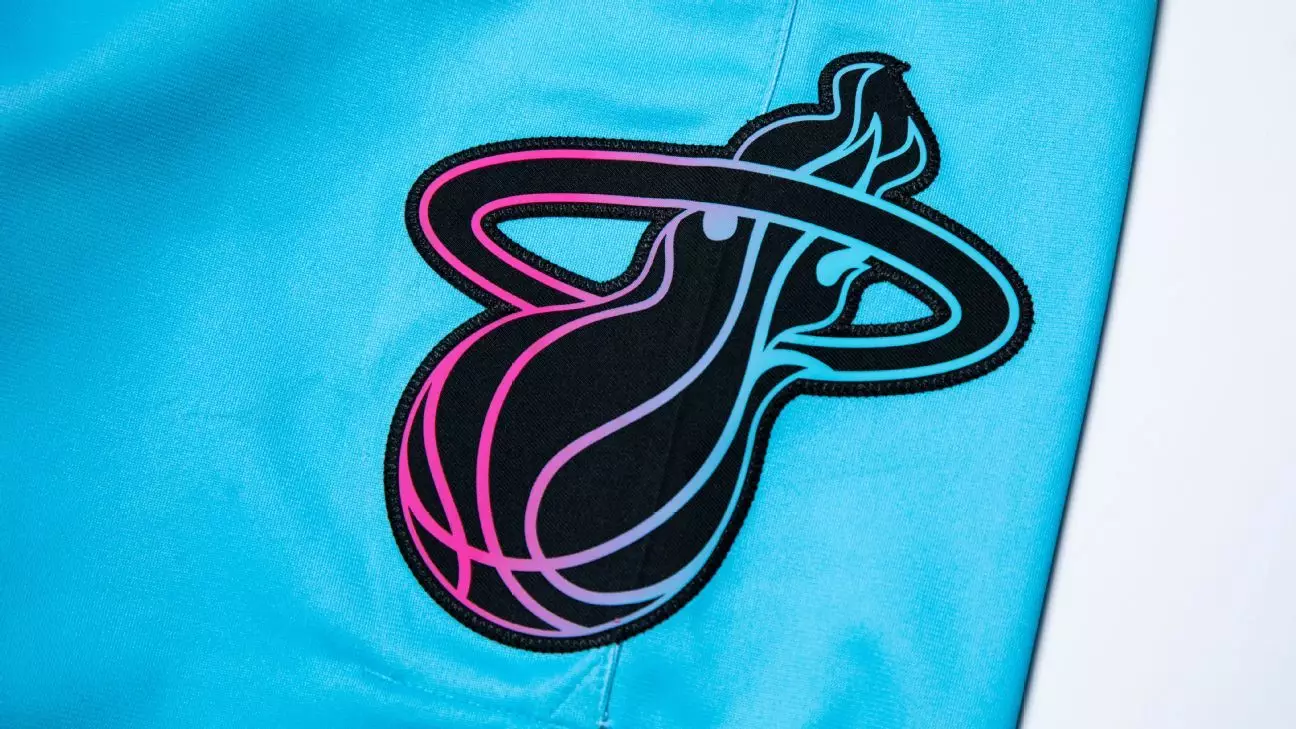In an astonishing breach of integrity, a trusted security officer from the Miami Heat franchise has been exposed as a prolific thief and illegal dealer of iconic sports memorabilia. This scandal not only shakes the foundation of trust within sports organizations but also underscores a troubling vulnerability in the safeguarding of cultural treasures that are cherished by fans worldwide. The case of Marcos Thomas Perez reveals a potent mix of greed, opportunity, and a blatant disregard for the sentimental value imbued in each piece stolen—particularly game-worn jerseys of legendary players like LeBron James. When such items, which symbolize hard-fought victories and sporting excellence, enter the murky waters of illegal commerce, it diminishes the integrity of the sport and casts a shadow over the organizations meant to protect them.
Systemic Flaws and the Exploitation of Access
Perez’s role extended beyond mere security; he had privileged access to a highly secured memorabilia storage facility—an area supposed to be impermeable to theft. This breach exposes a glaring flaw in the organization’s internal controls, as insider threats are often the hardest to detect and most damaging to reputation. The fact that Perez was able to amass a collection of over 400 stolen jerseys over several years betrays a systemic vulnerability in the league’s oversight mechanisms. It raises urgent questions about how such valuable and sensitive items are managed internally and whether current protocols are robust enough to prevent insider theft. The case demonstrates the importance of implementing comprehensive audits, surveillance, and strict access controls, especially for personnel entrusted with high-value assets.
The Dark Economics of Sports Memorabilia
What makes this scandal particularly disturbing is Perez’s role in exploiting the lucrative market for sports memorabilia. The illicit sale of over 100 items generating around $2 million highlights a thriving underground economy driven by fans’ valuations of memorabilia—often inflated—yet vulnerable to these illegal transactions. The sale of a LeBron James jersey for a mere $100,000, which later fetched $3.7 million at Sotheby’s, demonstrates how the genuine value of such items can be exploited for illicit gains. This disparity not only robs rightful owners—teams and athletes—of their due recognition but also taints the authenticity of the memorabilia market. It fosters a culture where true sporting history is exploited for profit, undermining the genuine fans’ appreciation and the legacy of sports legends.
A Wake-Up Call for Sports Governance
This case serves as an unsettling reminder for sports leagues worldwide: trust is fragile, and internal security must be a priority. Organizations need to reevaluate their protocols to prevent insider threats and ensure that their priceless possessions are protected meticulously. There is an urgent need for transparency, oversight, and technological safeguards that can detect and deter such criminal activities from within. Moreover, this scandal should trigger a broader cultural reflection on how sports institutions value their history and memorabilia—are they merely commodities or carefully preserved symbols of perseverance and excellence? The reckoning with internal threats will determine whether leagues can restore faith and reinforce the sanctity of their traditions or continue to be vulnerable to internal corruption that tarnishes their legacy.

